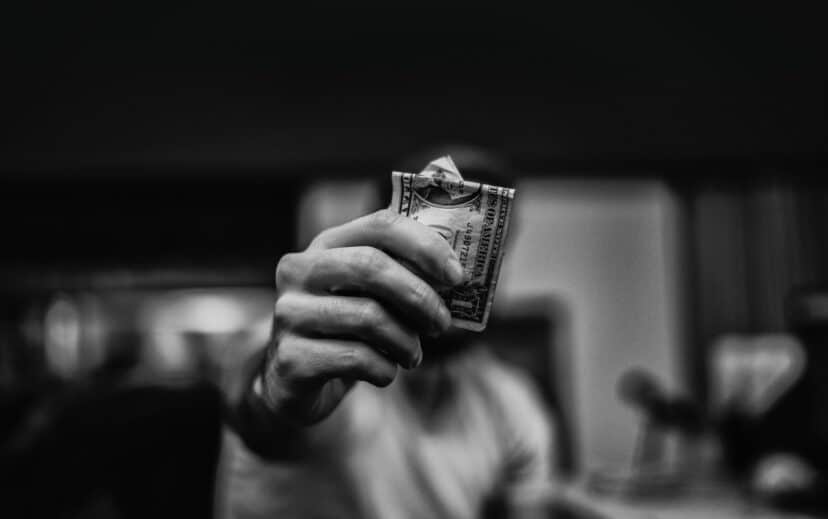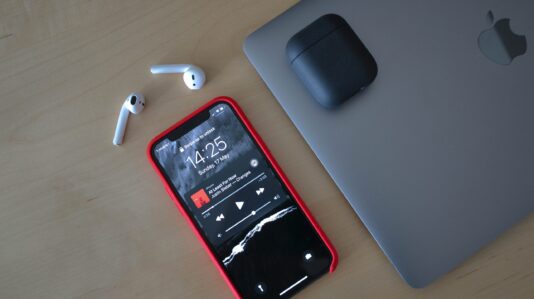The music industry is an economic powerhouse, earning an estimated revenue of $8.8 billion in 2021 alone. Despite the industry’s monstrous success, key players such as recording artists, record labels, songwriters, composers and music publishers – the heart and soul of the music industry –often leave a substantial amount of money on the table. The question is: “why?” The answer: difficulty in navigating the complex world of royalties.
WHAT ARE MUSIC ROYALTIES?
Music royalties are payments given to copyright holders (e.g., recording artists, record labels, songwriters and music publishers) for the continued right to use their work. For many musicians, royalties earned through the licensing of their copyrighted songs and recordings are their primary source of income. When determining what royalties you may be owed as a musician, it is critical to understand that there are two types of musicians: songwriters and recording artists. While songwriters own the rights to the lyrics and music of a composition, recording artists control the right to a specific recording of a song, referred to as a master recording.
In most cases, songwriters and recording artists assign their rights to a third-party. For songwriters, the rights are typically assigned to music publishers. For recording artists, the rights are typically assigned to record labels. With this background, let’s discuss the four main types of royalties.
Public Performance Royalties
Since streaming became the most popular way people consume music, public performance royalties by far constitute the largest piece of the royalty pie. Public performance royalties are payments made to musicians when their copyrighted works are performed publicly, either live or through recordings. This includes, but is not limited to, terrestrial radio, broadcast, cable and satellite television, bars, restaurants, clubs, concert halls, arenas and music streaming services (e.g., Spotify, Apple Music, Tidal and Pandora). Most public performances of the musical compositions (but not the performances of the recordings) are licensed by Performing Rights Organizations (PROs) to the entities mentioned above. The license fees are then paid out to the songwriters and music publishers of the works in the particular PRO’s repertory. In order to collect performance royalties, songwriters and publishers must first register with a PRO (i.e., BMI, ASCAP, SESAC or GMR). Notably, most songwriters and publishers split performance royalties, so you may have to register as both the songwriter and the publisher in order to receive 100% of these royalties.
Public performances of dramatic works, such as musicals, operas and ballets are not licensed by the PROs but by the copyright owners, directly. Moreover, with the exception of Internet streaming, there is no public performance right in a sound recording. So, while songwriters will get paid for radio and TV airplay of recordings, the artists and labels get nothing.
Mechanical Royalties
Under the U.S. Copyright Act, authors of original works are given the exclusive right to make reproductions or copies of their work and to distribute those copies to the public. It is under this framework that mechanical royalties generate income for songwriters. A mechanical license (the term dates back to player piano rolls) is the license a copyright owner of a musical work issues to any entity (usually a record label) to reproduce and distribute audio-only sound recordings, such as a LPs, CDs or permanent downloads. Songwriting mechanical royalties are regulated by the government through a compulsory license, which is currently set at 9.1 cents per copy for songs shorter than 5 minutes (or, for songs exceeding that threshold, 1.75 cents per minute of playing time) but is soon to increase to 12 cents.
Since the enactment of the Musical Modernization Act (MMA) there is a new blanket mechanical license that is paid for the server copies of recordings used by streaming services for interactive (on-demand) streaming of recordings. This blanket license applicable only to streaming services is administered by the recently created Music Licensing Collective (MLC). Songwriters and music publishers need to register with the MLC in order to get paid for this usage. License fees for the blanket mechanical license are based on a penny rate as with physical product but are determined under a complicated formula.
Synchronization Royalties (Sync)
Sync royalties are payments made to musicians when their copyrighted music is paired with audio-visual media. Specifically, sync licenses give individuals or companies the right to use the copyrighted songs in films, television, commercials, video games, online streaming, advertisements, music videos and the like. Think the 1963 Beatles Classic, “Twist and Shout,” playing over the famous parade scene in Ferris Bueller’s Day Off. It’s important to note that if you want to use a pre-existing recording of a song in your video, you will need permission from both the copyright owner of the composition (music publisher) and a license from the copyright owner of the particular master recording of the song (record label). There is no compulsory license for sync usage and the licensors can set whatever rate they want (or refuse to license) based upon a variety of factors, including the nature of the project, the type and duration of the use of the song, the duration of the license and the territory licensed.
Print Music Royalties
Least lucrative among the royalty types are print royalties. These are payments received by a music publisher for the sale of printed sheet music, which often includes musical notations and/or lyrics or guitar tablature. Print royalties also include permissions to reprint excerpts of music and/or lyrics in books and articles, in greeting cards and online. Print music royalties are typically paid to music publishers and can vary depending on the type of sheet music and whether it is a physical or digital print. However, if you are a composer of large-scale orchestral works such as symphonies, concertos and operas, the distribution of sheet music (called performance materials) is handled on a rental basis. Rentals for such music can run into the thousands of dollars per performance.
CONCLUSION
Music royalties are complex. Understanding who receives royalties and who administers them involves an understanding of how various rights holders and licensing collectives handle different rights and uses. This often results in a lot of money left unclaimed. As the music industry continues to expand, new technology will present additional complexities with respect to royalty collection. As you embark on this journey into professional musicianship, make sure you speak with a qualified legal professional to ensure that your blood, sweat and tears turn into cold, hard cash. Contact a member of our team for next steps.
[This blog post has been updated from a previous version, published October 23, 2020]





